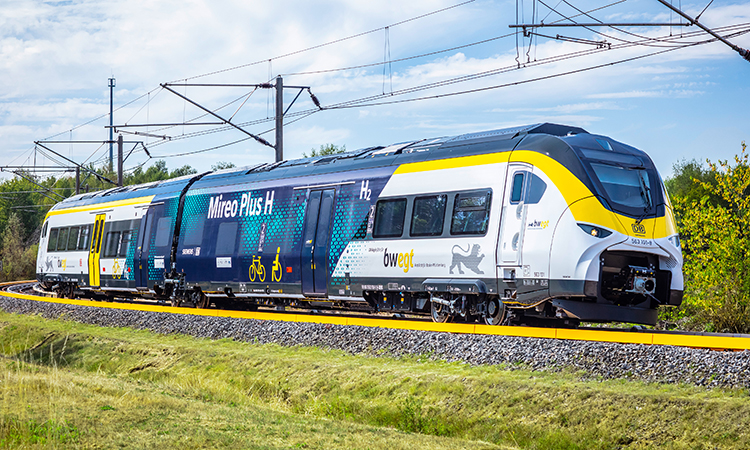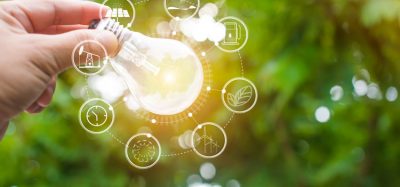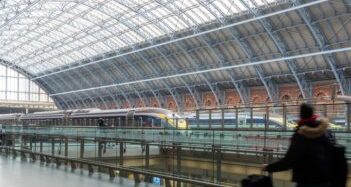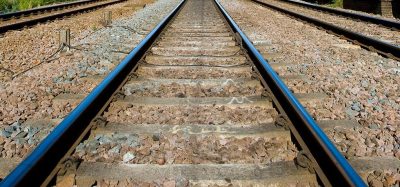Siemens and DB test hydrogen train and mobile fuelling station for first time
Posted: 9 September 2022 | Elliot Robinson (Editorial Assistant - Global Railway Review) | No comments yet
Siemens and DB have tested an innovative hydrogen train and mobile fuelling station which will be used in regular passenger service as of 2024.


The Mireo Plus H - Credit: Siemens
Dr. Roland Busch, CEO of Siemens AG, Dr. Richard Lutz, CEO of Deutsche Bahn, and Hartmut Höppner, State Secretary in the Federal Ministry for Digital and Transport (BMDV), have taken their first ride in the Mireo Plus H hydrogen train and will demonstrate the train’s refuelling procedure using the mobile hydrogen fuelling station. The event will be held at the Siemens Test and Validation Centre in WegbergWildenrath, North Rhine-Westphalia. It is planned to have hydrogen technology replace diesel-powered trainsets in regional transport in the future and make a significant contribution to phasing out diesel fuel.
Hydrogen trains are a particularly climate-friendly drive technology since they operate emission-free with green hydrogen and emit only water vapor. Siemens Mobility and Deutsche Bahn presented the H2goesRail project to the public in November 2020. In addition to the refuelling and commissioning tests conducted over recent months, DB employees have been trained to operate the system when it enters service.
“We are taking a decisive step with our partners today toward the future of climate neutral transport,” Roland Busch, CEO of Siemens AG, said. “The new Mireo Plus H train emits nothing but water. It has a range of around 1,000 kilometres, can reach speeds of up to 160 kilometres per hour, and can be refuelled quickly. Over its service life of 30 years, a single train will save up to 45,000 tons of CO2 emissions compared to travel by car. Hydrogen belongs to the future of mobility. That’s why I am especially pleased that we have reached the next important milestone in the H2goesRail project.”
“The H2goesRail project demonstrates the innovative power that is being driven by the funding programmes of the Federal Ministry for Digital and Transport in the field of alternative drives,” Hartmut Höppner, State Secretary in the Federal Ministry for Digital and Transport, said. “We support the transfer from research and development to marketable products that is helping accelerate technological progress and creating the prerequisites for tomorrow’s climate-friendly mobility. Our goal is to develop and promote modern, quiet, and climate-friendly mobility.”
Related news you will enjoy:
ÖBB and Siemens Mobility unveil interior design of new Nightjet
SüdLeasing order 20 Vectron locomotives with XLoad from Siemens Mobility
The project is being funded with €13.74 million by the Federal Ministry for Digital and Transport as part of the National Innovation Programme for Hydrogen and Fuel Cell Technology. The Mireo Plus H developed for the H2goesRail project has a range of up to 800km, is as powerful as its electric multiple-unit counterpart, has 1.7MW of traction power providing up to 1.1m/s2 acceleration, and a top speed of 160km/h.
One key factor needed to make hydrogen technology competitive with diesel fuel in daily operation is a fast-refuelling process. To provide this, DB has developed a new method that, for the first time, enables a hydrogen train to be refuelled as fast as a diesel-powered train. This is especially important considering the closely timed scheduling of DB’s regional passenger service. Hydrogen for the trains will be produced in Tübingen by DB Energy with green electricity taken directly from the overhead power line. On the route between Tübingen and Pforzheim, for example, switching from diesel to the H2goesRail project train will save around 330 tons of CO2 emissions a year. In general, and depending on the route, the Mireo Plus H can save 520 tonnes of emissions per year (calculated on a total mileage of 200,000 kilometres).
The Mireo Plus H will begin test runs in Baden-Württemberg in 2023. As of 2024, it will be underway in regular passenger service for the H2goesRail project, operating between Tübingen, Horb, and Pforzheim and replacing a diesel railcar currently in use on that route.
Related topics
Diesel Locomotives, Electric/Hybrid Rolling Stock, Hydrogen Trains, Operational Performance, Regulation & Legislation, Sustainability/Decarbonisation








